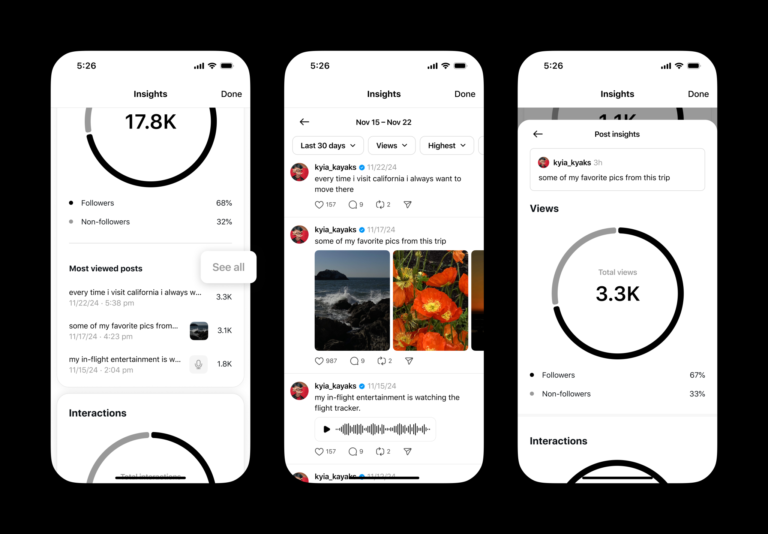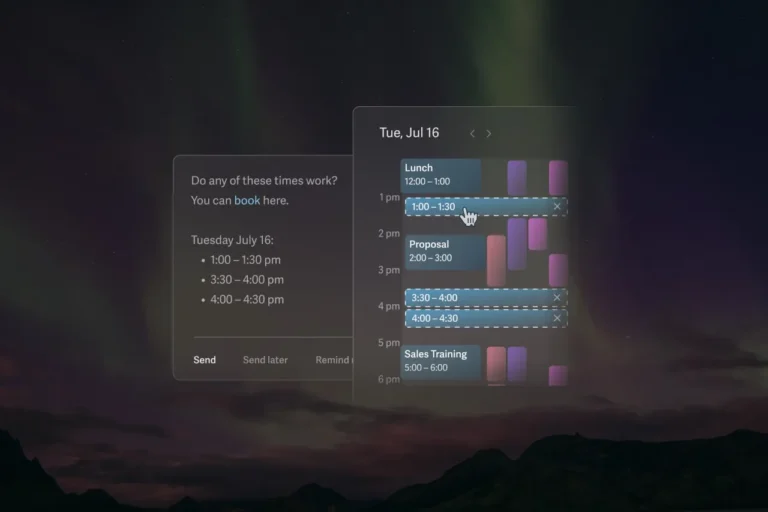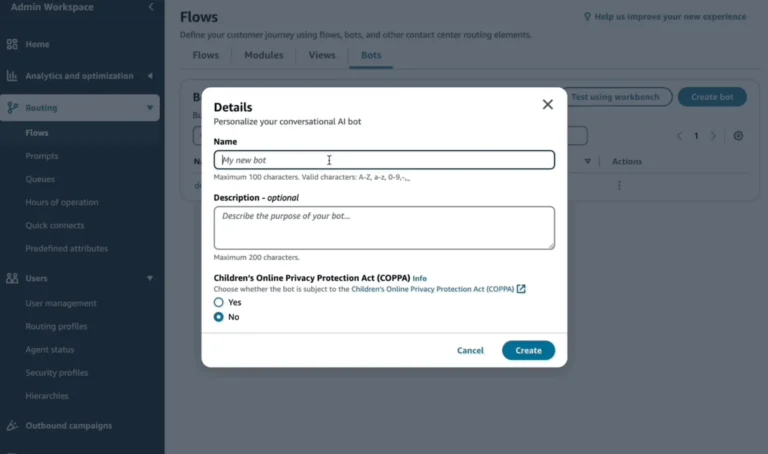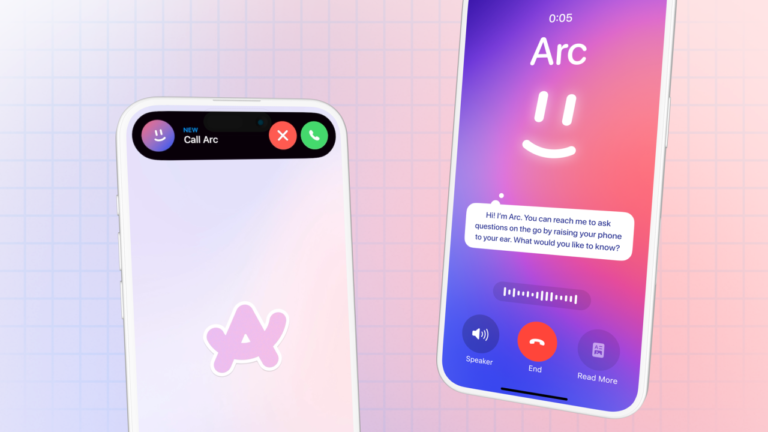Latest post
The Browser Company, the company behind the Arc Browser, has teased its new project, an AI-enhanced web browser named Dia, to be launched in early 2025. After launching Arc for Mac and Windows, and Arc Search on iOS and Android, the company is now shifting its focus towards a browser with broader appeal, introducing features specifically designed around AI tools.
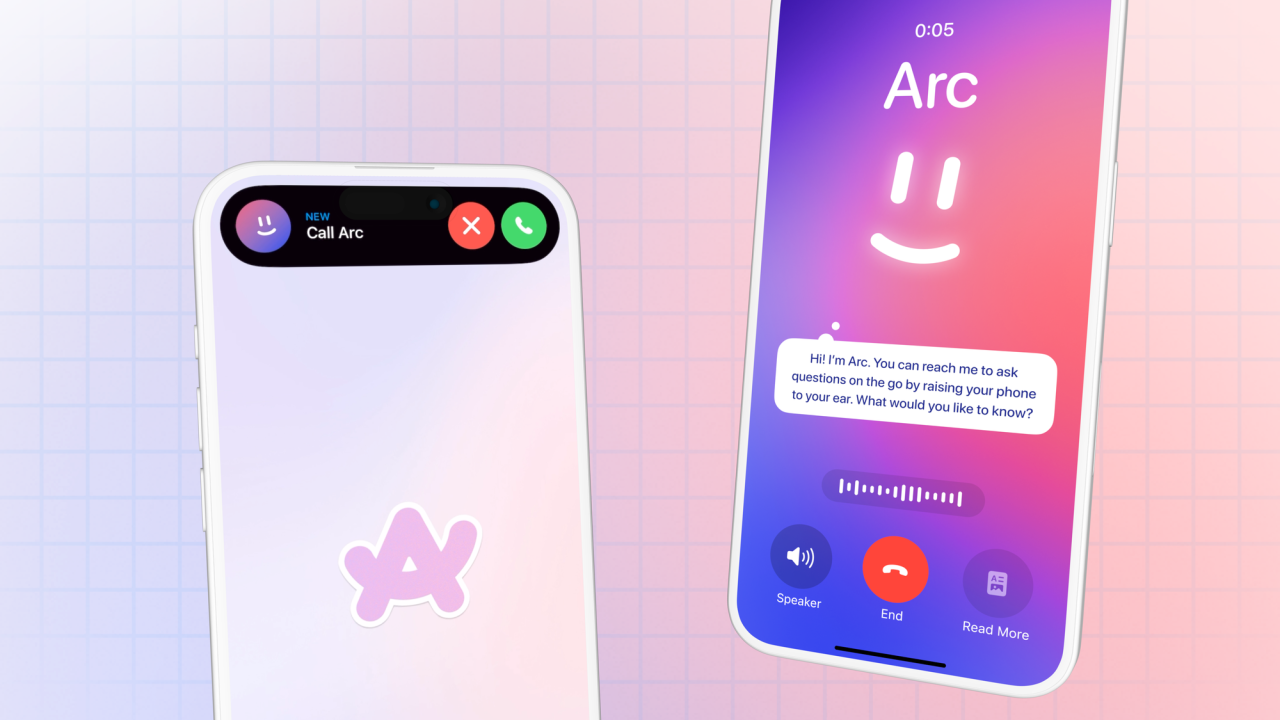
Dia’s Vision: AI as an Integrated Browser Environment
On Monday, The Browser Company released the Dia browser with a short promotional video and a new website, giving a glimpse of the innovative features of the browser. In the video, Josh Miller, CEO of The Browser Company, spoke about his vision of how AI will evolve in web browsing. He emphasized that AI will no longer be just a button or a standalone app but will instead be integrated into the web browsing experience, creating a new environment built on top of the browser itself.Miller’s vision of boldness is something of a shift from how we’ll be interacting with browsers to really have AI tools just blending in the browsing experience. Dia’s browser intends to give the users the capacity to make more complex AI-driven actions within the browser. It turns writing, searching, scheduling, and even shopping into an automated and much more efficient process.
Video of The Browser Company’s demos for some of the early potential features of Dia:
AI at the Insertion Cursor: It resides directly inside the text entry area and helps you write more effectively by suggesting a new sentence or fetching facts from the web about a known subject. For example, writing about the original iPhone, the tool can fetch details about its specifications and history. The demo also showcased how the tool pulls in Amazon links opened in the browser and inserts them into an email along with a brief description, without requiring the user to switch tabs.
Natural Language Commands: The second demo was about Dia and her capability to understand natural language commands that users type in the address bar of the browser. Such things as a description can search for a document, e-mail it with an e-mail client set up in the browser, or even schedule a meeting with just a simple prompt. Such integration would truly minimize the workflow tasks that would really turn the browser into a powerhouse tool for productivity.
AI-Controlled Browsing: The final, and most ambitious, demo illustrated how Dia might one day do things for the user instead of just talking about doing things. In this scenario, the browser browsed Amazon by itself to add items in a list sent via email to the shopping cart of the user. That list contained an “all-purpose hammer,” and the AI returned two listings for hammers with grips. While the choice may not be perfect, this feature shows how Dia would take over routine tasks, therefore saving time for users by allowing actions to be completed without necessarily requiring direct input.
Demos also showed that Dia has the capability to analyze information from platforms such as Notion. A demo involved reviewing a table for video shoot participants and automatically sending individual emails to people listed.
Competing in the AI-Driven Browser Market
While these features are impressive, they are not unique to Dia. The concept of AI assistants in web browsers is quite an emerging trend, where other companies are also trying to develop similar tools, but Dia’s combination of AI-driven actions directly in the browser environment is different as the company aims to integrate AI in the browser’s interface and functionality.The company’s move into the AI space reflects a growing interest in making web browsing more efficient and automated. As browsers evolve, integrating AI tools could become a significant differentiator in a crowded market of browser-based productivity tools.
The Challenge of Balancing Innovation with Simplicity
Despite the hype surrounding Dia, Miller admitted that it might be a challenge to balance innovation with simplicity. While Arc Browser has built a passionate following, its complexity may not appeal to everyone, and Dia will have to address this. The Browser Company is aware that it needs to create a browser that appeals to both tech-savvy users and more general consumers while ensuring that its AI features work seamlessly.Miller further clarified that Dia would not meaningfully interfere with the creation or architecture of Arc. Current Arc users should expect the company to make improvements on Arc with little change. Instead, Dia would be a more holistic, AI-driven alternative, perhaps to better fit a larger user group.
The Future of Browsers
This will also show a strong development of AI in the browser space, as Dia attempts to redefine how we interact with the web by introducing intelligent tools capable of performing complex tasks automatically. Whether it is about content writing, shopping, or workflow management, the browser is here to make all these activities easy and intuitive.However, to succeed, these features will have to be both effective and reliable. The demos are promising, but the real test will be if the AI can do tasks accurately and in a manner that feels natural to users. As more details emerge about Dia and its official release date is 2025, The Browser Company will have to fine-tune its product to ensure it delivers on its ambitious promises.
For now, Dia is still in development, but its potential to transform the web browsing experience is clear. If successful, Dia could set a new standard for AI-powered web browsers, helping to make tasks simpler, faster, and more efficient, and providing a glimpse into the future of internet browsing.

